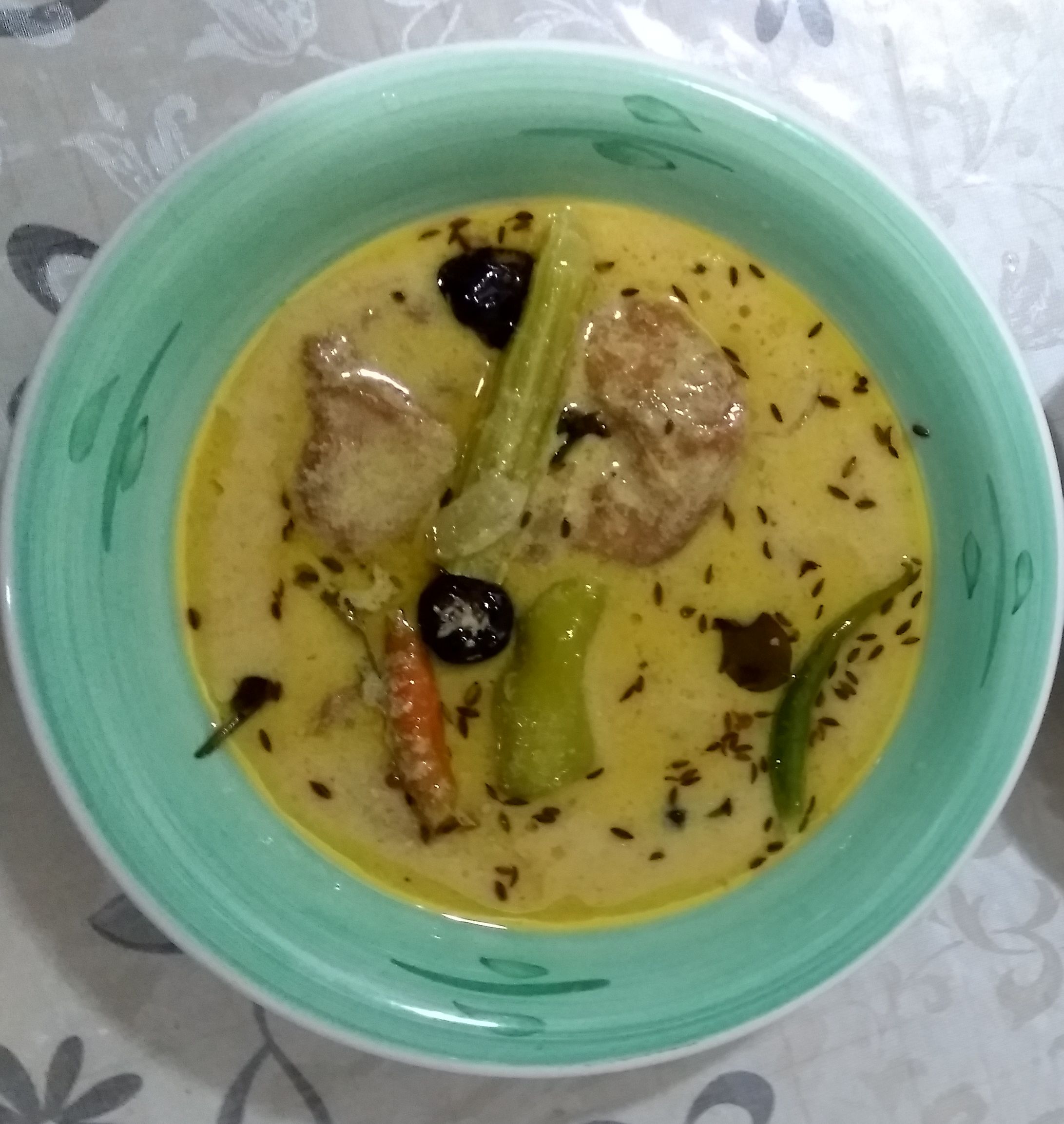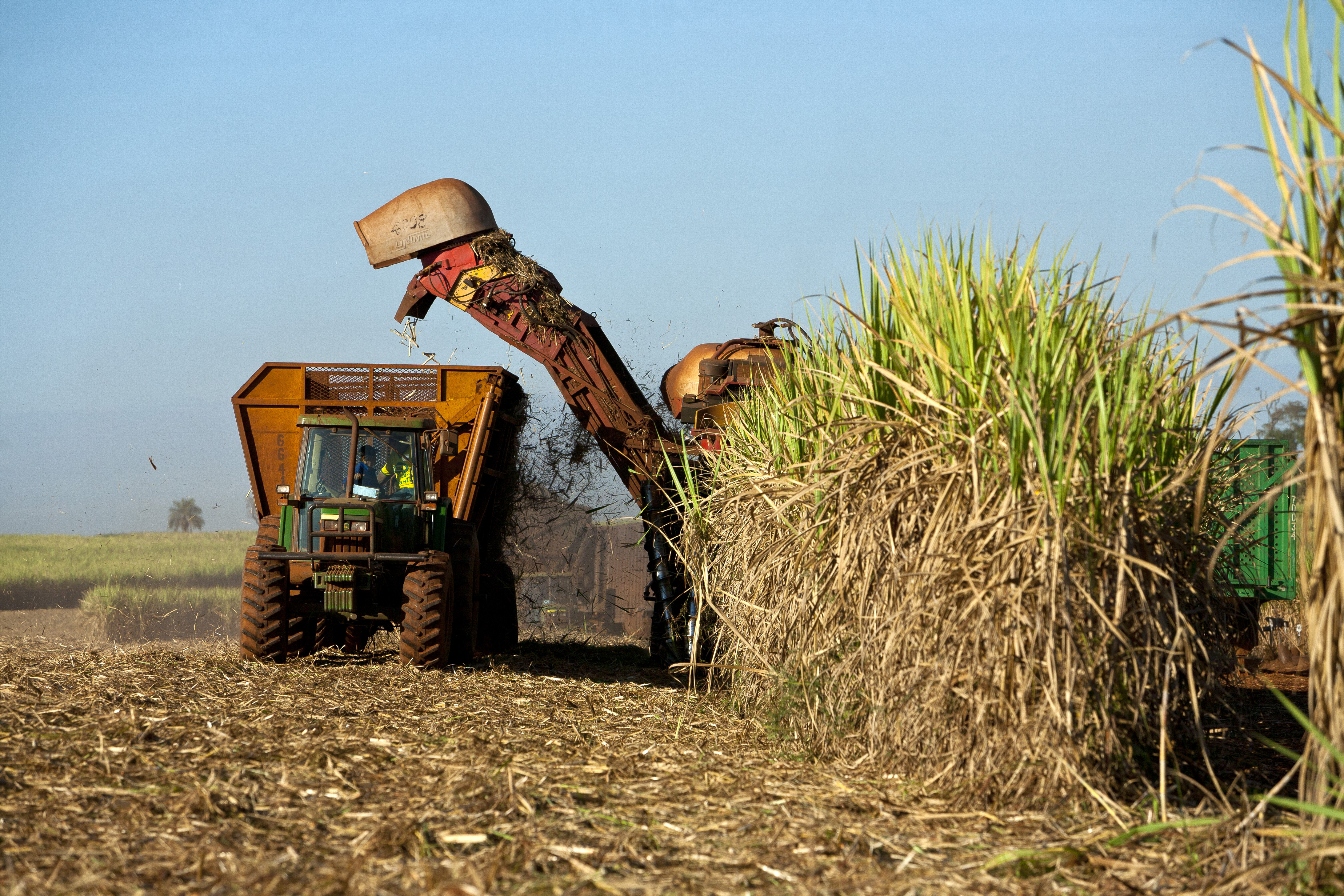|
Bati (bread)
Baati is a hard, unleavened bread cooked in most areas of Rajasthan, and in some parts of Madhya Pradesh and Gujarat states of India. It is prized for its long shelf life and high nutritional content, and, in desert areas, for the minimal quantity of water required for its preparation. Baati is commonly eaten with dal, hence also referred to as dal baati. In some regions, especially Madhya Pradesh, it is also paired with a roasted aubergine mash called bharta. Baati is also closely related to Litti (cuisine), popular in eastern Uttar Pradesh (Varanasi) and western Bihar. Litti is eaten with potato, tomato and roasted aubergine. Baati can either be plain or have various kinds of fillings, including onions, peas, and ''sattu''. ''Bafla'' is a kind of baati, which is softer. Bafla and baati are always eaten with hot dal with pure ghee and chutney. '' Churma'' is a popular delicacy usually served with ''baatis'' and dal. It is coarsely ground wheat crushed and cooked with ghee ... [...More Info...] [...Related Items...] OR: [Wikipedia] [Google] [Baidu] |
Rajasthan
Rajasthan (; Literal translation, lit. 'Land of Kings') is a States and union territories of India, state in northwestern India. It covers or 10.4 per cent of India's total geographical area. It is the List of states and union territories of India by area, largest Indian state by area and the List of states and union territories of India by population, seventh largest by population. It is on India's northwestern side, where it comprises most of the wide and inhospitable Thar Desert (also known as the Great Indian Desert) and shares a border with the Pakistani provinces of Punjab, Pakistan, Punjab to the northwest and Sindh to the west, along the Sutlej-Indus River valley. It is bordered by five other Indian states: Punjab, India, Punjab to the north; Haryana and Uttar Pradesh to the northeast; Madhya Pradesh to the southeast; and Gujarat to the southwest. Its geographical location is 23°3' to 30°12' North latitude and 69°30' to 78°17' East longitude, with the Tropic of Can ... [...More Info...] [...Related Items...] OR: [Wikipedia] [Google] [Baidu] |
Potato
The potato () is a starchy tuberous vegetable native to the Americas that is consumed as a staple food in many parts of the world. Potatoes are underground stem tubers of the plant ''Solanum tuberosum'', a perennial in the nightshade family Solanaceae. Wild potato species can be found from the southern United States to southern Chile. Genetic studies show that the cultivated potato has a single origin, in the area of present-day southern Peru and extreme northwestern Bolivia. Potatoes were domesticated there about 7,000–10,000 years ago from a species in the '' S. brevicaule'' complex. Many varieties of the potato are cultivated in the Andes region of South America, where the species is indigenous. The Spanish introduced potatoes to Europe in the second half of the 16th century from the Americas. They are a staple food in many parts of the world and an integral part of much of the world's food supply. Following millennia of selective breeding, there are now over 5 ... [...More Info...] [...Related Items...] OR: [Wikipedia] [Google] [Baidu] |
Kadhi
Kadhi or karhi is a yogurt-based dish originating from Rajasthan, India. It is made by simmering yogurt with besan (gram flour) and spices until it forms a thick, tangy gravy. It is sometimes mixed with pakoras (deep-fried fritters). It is often eaten with cooked rice or roti. Etymology The word Kadhi is derived from the Sanskrit root ''kvathita'' (क्वथित) which refers to a decoction or a gruel of curcuma, asafoetida and buttermilk. In Sanskrit literature, Kadhi has been referred to with the name ''kvathika'' (क्वथिका). Origin The kadhi is believed to be originated in the arid landscapes of Rajasthan, where cooks incorporated dairy products to compensate for the limited availability of vegetables. Although Punjabis may have a strong association with kadhi-chawal, its origins trace back to Rajasthan, according to Celebrity Chef Kunal Kapur. Historically, kadhi was first crafted in Rajasthan before spreading to Gujarat and Sindh regions. Chef K ... [...More Info...] [...Related Items...] OR: [Wikipedia] [Google] [Baidu] |
Garlic Chutney
Garlic (''Allium sativum'') is a species of bulbous flowering plants in the genus ''Allium''. Its close relatives include the onion, shallot, leek, chives, Welsh onion, and Chinese onion. Garlic is native to central and south Asia, stretching from the Black Sea through the southern Caucasus, northeastern Iran, and the Hindu Kush; it also grows wild in parts of Mediterranean Europe. There are two subspecies and hundreds of varieties of garlic. Garlic has been used for thousands of years as a seasoning, culinary ingredient, traditional medical remedy; it was known in many ancient civilizations, including the Babylonians, Egyptians, Romans, and Chinese, and remains significant in many cuisines and folk treatments, especially across the Mediterranean and Asia. Garlic propagates in a variety of climates and conditions and is produced globally; China is by far the largest producer, accounting for over two thirds (73%) of the world's supply in 2021. Description Garlic is a pe ... [...More Info...] [...Related Items...] OR: [Wikipedia] [Google] [Baidu] |
Dal Bati Choorma
Dal is a term in the Indian subcontinent for dried, split pulses. Dal or DAL may also refer to: Places Cambodia *Dal, Ke Chong Finland * Laakso, a neighbourhood of Helsinki India * Dal Lake, in Srinagar, Jammu and Kashmir, India * Dal Lake (Himachal Pradesh), India Iran * Dal, Khuzestan * Dal, Kurdistan Norway * Dal, Norway ** Dal Station Romania *Dál, the Hungarian name of Deal, Câlnic, Alba Sweden * Dal Hundred, Östergötland * Dal River Science and technology * Data access layer, a software architecture layer * Database abstraction layer, an application programming interface * Data Access Language, a discontinued SQL-like language and application programming interface by Apple Computer * Decalitre, a measure of volume * Direct Algebraic Logic, Sharp's calculator input method * Development Assurance Level in ARP4754 Transport * Dallas Love Field, an airport in Dallas, Texas * Delta Air Lines, ICAO airline code DAL * Deutsche Afrika-Linien, a Ge ... [...More Info...] [...Related Items...] OR: [Wikipedia] [Google] [Baidu] |
Dal Baati Rajwadi Thali
Dal is a term in the Indian subcontinent for dried, split pulses. Dal or DAL may also refer to: Places Cambodia *Dal, Ke Chong Finland * Laakso, a neighbourhood of Helsinki India *Dal Lake, in Srinagar, Jammu and Kashmir, India *Dal Lake (Himachal Pradesh), India Iran *Dal, Khuzestan *Dal, Kurdistan Norway *Dal, Norway **Dal Station Romania *Dál, the Hungarian name of Deal, Câlnic, Alba Sweden *Dal Hundred, Östergötland *Dal River Science and technology * Data access layer, a software architecture layer * Database abstraction layer, an application programming interface * Data Access Language, a discontinued SQL-like language and application programming interface by Apple Computer * Decalitre, a measure of volume * Direct Algebraic Logic, Sharp's calculator input method * Development Assurance Level in ARP4754 Transport * Dallas Love Field, an airport in Dallas, Texas * Delta Air Lines, ICAO airline code DAL * Deutsche Afrika-Linien, a German shipping c ... [...More Info...] [...Related Items...] OR: [Wikipedia] [Google] [Baidu] |
Jaggery
Jaggery is a List of unrefined sweeteners, traditional non-centrifugal cane sugar consumed in the Indian subcontinent, Southeast Asia, North America, Central America, Brazil and Africa. It is a concentrated product of Sugarcane juice, cane juice and often Date (fruit), date or Arecaceae, palm plant sap, sap without separation of the molasses and crystals, and can vary from golden brown to dark brown in colour. It contains up to 50% sucrose, up to 20% invert sugars, and up to 20% moisture, with the remainder made up of other insoluble matter, such as wood ash, proteins, and bagasse fibres. Jaggery is very similar to muscovado, an important sweetener in Portuguese cuisine, Portuguese, British cuisine, British and French cuisine. Etymology Jaggery comes from Portuguese terms , , borrowed from Malayalam (), which is borrowed from Sanskrit (). It is a wikt:Appendix:Glossary#doublet, doublet of wikt:sugar#English, sugar. Origins and production Jaggery is made of the products o ... [...More Info...] [...Related Items...] OR: [Wikipedia] [Google] [Baidu] |
Churma
Churma is a popular Rajasthani, Bihari, Uttar Pradeshi, Haryanvi, and Awadhi delicacy from India. In Punjab, the dish is called ''churi''. It is coarsely ground wheat, crushed and cooked with ghee and sugar. In Haryana, churma is made by mashing up roti in ghee and jaggery. It is not served with ghee, especially as a diet for the wrestlers sparring in the dangal of akharas.Bite this! Festivals and the Sweet Haryanvi , 20 October 2016. It is usually served either with a tall glass of warm milk, , or with sour |
Chutney
A chutney () is a spread typically associated with cuisines of the Indian subcontinent. Chutneys are made in a wide variety of forms, such as a tomato relish, a ground peanut garnish, yogurt, or curd, cucumber, spicy coconut, spicy onion, or mint dipping sauce. Etymology The word ''chutney'' derives from Hindustani/Urdu (Nastaliq: چٹنی, Devanagari: चटनी) ''chaṭnī'', deriving from चाटना ''chāṭnā'' 'to lick' or 'to eat with appetite'. In India, ''chutney'' refers to fresh and pickled preparations indiscriminately; however, several Indian languages use the word for fresh preparations only. Overview In India, chutneys can be either made alongside pickles that are matured in the sun for up to two weeks and kept up to a year or, more commonly, are freshly made from fresh ingredients that can be kept a couple of days or a week in the refrigerator. In South India, Chutneys are also known as ''Pachadi'' (, , , , ) which generally refers to t ... [...More Info...] [...Related Items...] OR: [Wikipedia] [Google] [Baidu] |
Ghee
Ghee is a type of clarified butter, originating from South Asia. It is commonly used for cooking, as a Traditional medicine of India, traditional medicine, and for Hinduism, Hindu religious rituals. Description Ghee is typically prepared by simmering butter, which is obtained by churning cream, skimming any impurities from the surface, then pouring and retaining the clear liquid fat while discarding the solid residue that settles at the bottom. Spices can be added for flavor. The texture, color, and taste of ghee depend on the quality of the butter, the milk used in the process, and the duration of boiling. Etymology The word ''ghee'' is borrowed from the Hindi word (''ghī''), which comes from (', ) 'clarified butter', from the root , , 'to sprinkle'; it is cognate with the Ancient Greek word (, 'rubbed, anointed'), from which the English word ''Christ'' is derived. In Hinduism Traditionally, ghee is made from bovine milk, either Cattle, cow or water buffalo, and has ... [...More Info...] [...Related Items...] OR: [Wikipedia] [Google] [Baidu] |
Sattu
Sattu (Hindi: सत्तू ; Bhojpuri: 𑂮𑂞𑂳𑂆 ; Nepali : सातु) is a type of flour, mainly used in Nepal, India, Tibet and Pakistan. Satui is a type of flour made up of dry roasted and ground pulses and cereals. The dry powder is prepared in various ways as a principal or secondary ingredient of dishes. Satui is used in vegetarian cuisine as it can be a source of protein. In Bihar and Nepal, Satui is usually made from dry roasted chickpeas or maize. It is also common for people to mix Sattu of different pulses together to suit their appetite and taste. Etymology The Punjabi, Nepali, Urdu, Hindi and Bengali word ''Sattu'' is derived from the Sanskrit word ''Saktu'' meaning coarsely ground parched barley meal. References to ''Sattu'' ''(Saktu)'' can be found throughout Ayurvedic literature such as the Caraka-saṃhitā, Aṣṭāṅgahṛdayasaṃhitā and the Suśruta-saṃhitā. History The origin of Satui is the Magadh region of Bihar and Madhesh Provi ... [...More Info...] [...Related Items...] OR: [Wikipedia] [Google] [Baidu] |







